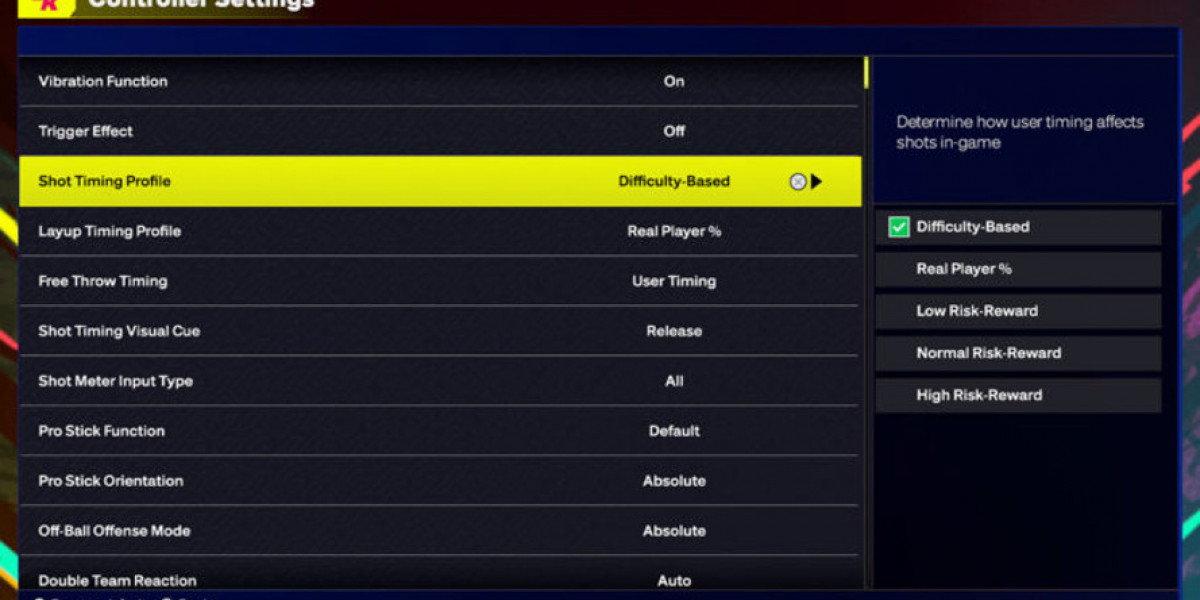In the cutthroat world of ecommerce, your website is your storefront. It's the first impression you make on potential customers, and it needs to be nothing short of phenomenal. But a pretty website alone won't cut it. You need an ecommerce web design that's strategically crafted to convert visitors into loyal, paying customers.
This article dives deep into the world of ecommerce web design, equipping you with the knowledge and tactics to skyrocket your sales. We'll explore key strategies that go beyond aesthetics, focusing on user experience (UX) optimization and conversion rate optimization (CRO) to turn your website into a sales powerhouse.
1. The User Journey is Paramount:
Think of your website as a guided tour. Each page should seamlessly flow into the next, guiding visitors towards a specific goal – the checkout. Here's how to achieve a user-friendly journey:
- Intuitive Navigation: Make it ridiculously easy for users to find what they're looking for. A clear and well-organized navigation bar with drop-down menus for subcategories is crucial.
- Meticulous Information Architecture: Organize your products logically, with clear category and subcategory structures. Utilize faceted search filters to allow users to refine their searches with ease.
- Breadcrumbs are Your Best Friend: Implement breadcrumbs that show users their current location within the website hierarchy. This allows them to navigate back to previous sections effortlessly.
2. High-Quality Visual Storytelling:
Visuals are the heart and soul of ecommerce. Grainy, low-resolution product images are a conversion killer. Invest in high-quality product photography that showcases your products from multiple angles and in different settings.
- Consider 360° Product Views: Allow users to virtually examine your products in detail, fostering trust and confidence in their purchase decision.
- Lifestyle Shots Ignite Desire: Showcase your products in action, being used in real-life scenarios. This helps users connect with the product on an emotional level and envision themselves using it.
- Short Product Videos are Golden: Concise product videos can highlight features, benefits, and demonstrations, further captivating your audience.
3. The Power of Persuasive Content:
Product descriptions are not just filler text. They're powerful sales tools.
- Craft Compelling Copy: Go beyond generic descriptions. Highlight unique selling points, benefits, and address potential customer concerns. Use strong action verbs and persuasive language to nudge users towards adding items to their cart.
- Embrace Social Proof: Showcase customer reviews, testimonials, and user-generated content (UGC) strategically. Social proof builds trust and encourages hesitant buyers to convert.
4. Frictionless Checkout is King:
A cumbersome checkout process can be your worst enemy. Streamline the checkout process to minimize friction and ensure a smooth buying experience.
- Guest Checkout Options: Offer guest checkout options alongside account creation to cater to users who prefer a quicker purchase.
- Multiple Payment Gateways: Integrate a variety of secure payment gateways to cater to different customer preferences (e.g., credit cards, digital wallets).
- Real-time Shipping Estimates: Provide transparent and up-to-date shipping estimates during checkout to avoid surprises at the final step.
5. Mobile Optimization is Non-Negotiable:
The mobile revolution is here to stay. Ensure your website offers a flawless user experience on all devices, especially smartphones.
- Responsive Design is Mandatory: Your website should automatically adapt its layout to fit any screen size, ensuring optimal viewing and interaction on desktops, tablets, and mobiles.
- Focus on Thumb-Friendly Navigation: Make sure buttons, menus, and search bars are large enough for easy tapping on mobile devices.
- Optimize Page Load Speed: Mobile users are impatient. Ensure your website loads quickly on mobile data connections to avoid cart abandonment.
A/B Testing is Your Friend:
Don't settle for assumptions. Utilize A/B testing to compare different versions of your website elements (e.g., product page layouts, calls to action) and see which ones convert better. Continuously experiment and optimize for maximum sales impact.
By implementing these strategies, you can transform your ecommerce website from a digital brochure into a high-conversion sales machine. Remember, a successful ecommerce web designer in San Diego is a beautiful blend of aesthetics, user experience, and conversion optimization. So, put these tips into action, watch your sales soar, and become an ecommerce pro!






